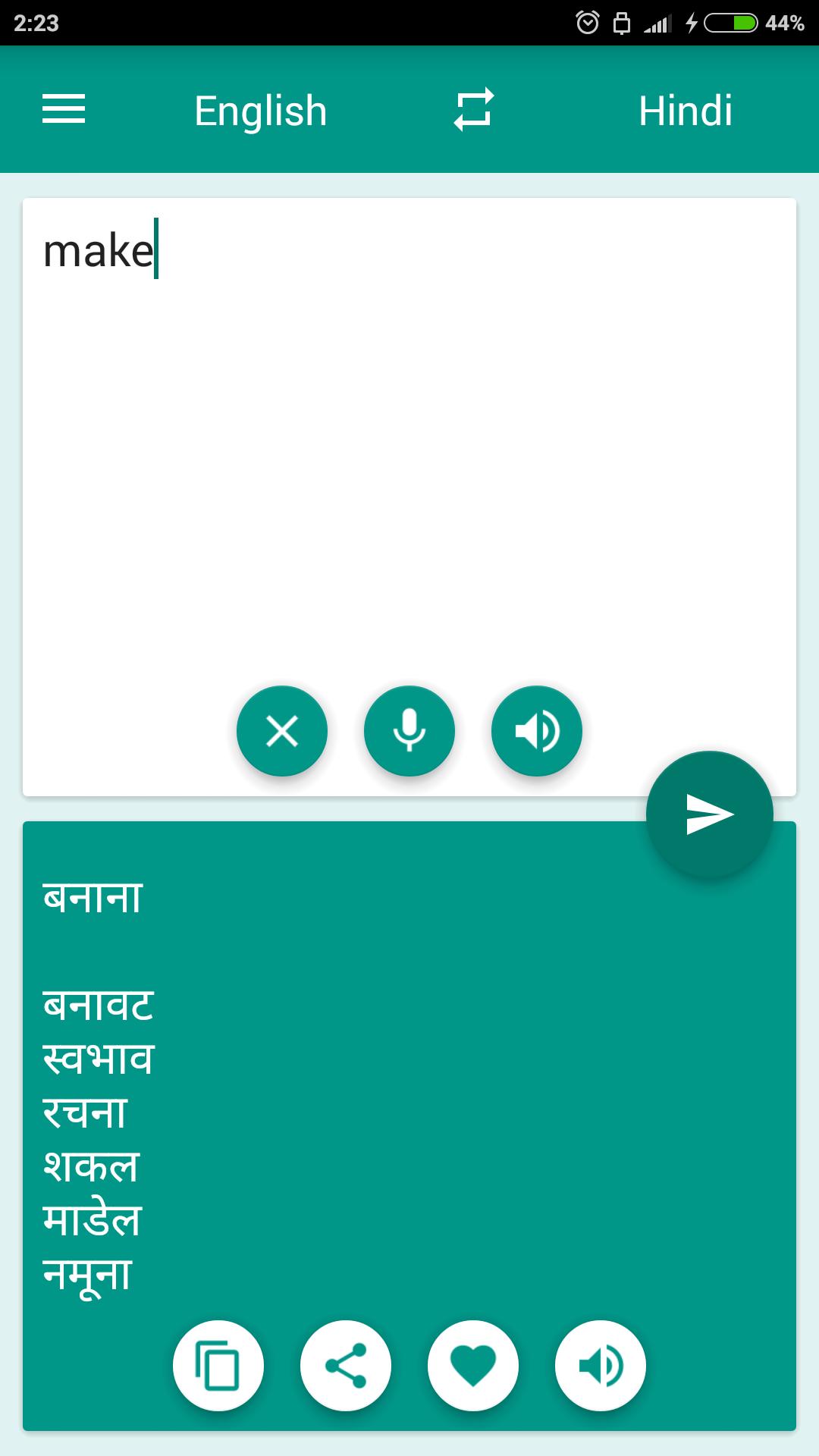Introduction:
Language is a powerful tool that connects people across cultures and regions. In a diverse country like India, where multiple languages coexist, the seamless integration of Hindi and English translation plays a pivotal role in fostering communication and understanding. This blog delves into the significance and best practices of using Hindi and English translations to bridge linguistic gaps and enhance cultural harmony.
The Importance of Bilingualism:
India is a land of rich cultural diversity, with each region having its own language and dialects. Hindi and English, being widely spoken and understood, serve as a bridge between various linguistic communities. Bilingualism not only facilitates communication but also opens doors to a broader cultural exchange.
- Preserving Cultural Identity:
One of the key aspects of using Hindi and English translation is the preservation of cultural identity. As expressions and idioms are often deeply rooted in culture, effective translation ensures that the essence of the original message is retained, allowing individuals to connect with their heritage.
- Reaching a Diverse Audience:
In a globalized world, English serves as a lingua franca, facilitating communication on a global scale. By translating content into English, creators can reach a wider and more diverse audience, fostering cross-cultural understanding and collaboration.
Best Practices in Hindi and English Translation:
Achieving effective translation requires a nuanced approach to preserve the nuances of both languages. Here are some best practices:
- Contextual Understanding:
Translation is not just about converting words from one language to another; it involves grasping the cultural and contextual nuances. Translators must understand the emotions, idioms, and cultural references to convey the intended meaning accurately.
- Maintaining Tone and Style:
Every language has its unique tone and style. A good translator ensures that the tone of the original message is maintained, whether it’s formal, informal, professional, or colloquial. This ensures that the translated content resonates with the target audience.
- Adapting for Cultural Sensitivity:
Cultural sensitivity is paramount in translation. Certain expressions or phrases may have different connotations in different cultures. A skilled translator navigates these differences to avoid misunderstandings and promote cultural respect.
Case Studies: Successful Examples of Hindi-English Translation
- Bollywood Film Industry:
Bollywood, the Hindi film industry, has successfully used translation to reach a global audience. Many Indian films are now subtitled or dubbed in English, enabling non-Hindi speakers to enjoy and appreciate the cultural richness of Indian cinema.
The translation of literary works from Hindi to English and vice versa has gained popularity. Notable authors like Munshi Premchand and R.K. Narayan have had their works translated, allowing readers from different linguistic backgrounds to access and appreciate these literary gems.
Challenges in Hindi and English Translation:

While translation can be a powerful tool, it comes with its own set of challenges:
- Linguistic Nuances:
Hindi and English have different sentence structures, grammatical rules, and idiomatic expressions. Translators must navigate these nuances carefully to convey the intended meaning accurately.
- Technical and Domain-specific Content:
Translating technical or domain-specific content can be challenging due to the specialized vocabulary. Maintaining accuracy while ensuring clarity for non-experts requires a high level of expertise.
Expanding on the Significance of Bilingualism:
In India, where linguistic diversity is a way of life, bilingualism not only aids in communication but also plays a vital role in education and governance. Government documents, educational materials, and official communications often require translation to ensure that information is accessible to speakers of both Hindi and English. This practice contributes to an inclusive society where citizens, regardless of their linguistic background, can actively participate in civic life.
- Educational Advancements: Bilingualism in educational materials allows students to access knowledge in their native language while also acquiring proficiency in English, a skill that is increasingly important in the global job market. It promotes equal opportunities for students from different linguistic backgrounds and contributes to a more inclusive education system.
- Legal and Administrative Clarity: Legal and administrative documents must be translated accurately to ensure that citizens understand their rights and responsibilities. This is particularly crucial in a country with multiple official languages. Bilingualism in legal documentation enhances transparency, reduces ambiguity, and ensures that individuals can navigate the legal system effectively.
Exploring Technology in Hindi-English Translation:
In recent years, advancements in technology have significantly impacted the field of translation. Machine translation tools, powered by artificial intelligence, have become increasingly sophisticated, aiding both professional translators and individuals seeking quick translations.
- Machine Translation and Accessibility: Machine translation, such as Google Translate, has made content accessible to a broader audience. While these tools are useful for basic translations, they may struggle with nuances, cultural references, and idiomatic expressions. However, they play a crucial role in breaking down language barriers in real-time communication.
- Translation Software for Professionals: Professional translators often use specialized translation software that assists in maintaining consistency, managing terminology, and improving efficiency. These tools help streamline the translation process, ensuring accuracy and coherence in large-scale projects.
- The Role of AI in Translation Quality: Artificial intelligence is continually evolving, and its integration into translation processes holds promise for improving the quality of translations. AI can analyze vast amounts of linguistic data, learning from context and cultural nuances to enhance the accuracy and naturalness of translations over time.
Community Initiatives Promoting Language Harmony:

Beyond official channels, community-led initiatives are playing a crucial role in promoting language harmony and fostering a sense of unity in diversity.
- Language Exchange Programs: Language exchange programs bring together individuals from different linguistic backgrounds, providing a platform for cultural exchange and language learning. These initiatives contribute to breaking down stereotypes and building bridges between communities.
- Multilingual Media Platforms: The rise of digital media has given a voice to regional languages. Platforms that offer content in multiple languages, such as podcasts, blogs, and online publications, celebrate linguistic diversity and create spaces for authentic storytelling.
Conclusion:
In conclusion, the effective use of Hindi and English translation is crucial for fostering communication, preserving cultural identity, and promoting understanding in a diverse society. As we navigate a globalized world, the ability to communicate seamlessly in multiple languages becomes an asset, promoting harmony and enriching our shared human experience. By embracing the best translation practices, we can bridge linguistic gaps and build a more connected and inclusive world.

